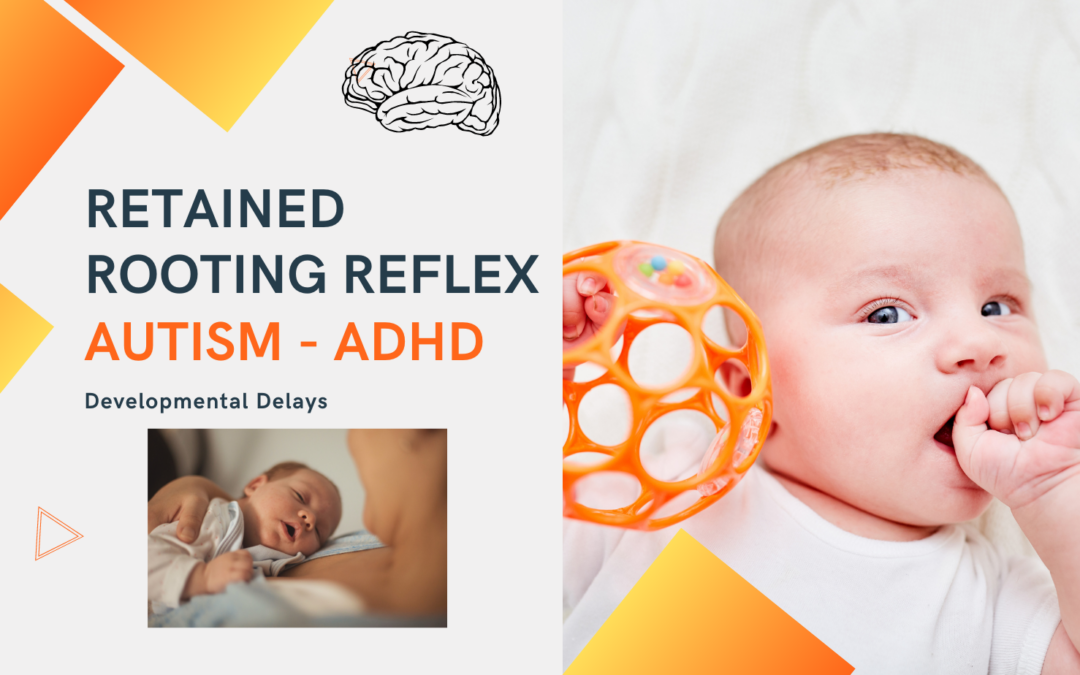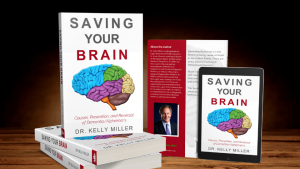Retained Primitive Reflexes and Developmental Delays
The rooting reflex in babies is a basic survival instinct. This reflex helps your baby find and latch onto a bottle or your breast to begin feeding. When you gently stroke the corner of your baby’s mouth with your nipple, they should instinctively turn their head toward it to nurse
The rooting reflex in babies kicks in when the cheek or corner of your baby’s mouth is stroked or touched. The baby will turn his or her head and open his or her mouth to follow and “root” in the direction of the stroking.
For the first few months of life, a newborn may rely on the rooting reflex, but by 3 weeks, most babies will be able to turn their heads naturally and move their heads into position to begin sucking. Rooting is usually a voluntary action rather than a reflex by the age of four months.
Retained rooting reflex
Rooting reflex in babies usually disappears after about 4 months. In some cases, it might last longer. However, if it does not disappear, it is known as ‘retained’ rooting reflex.
A retained neonatal reflex is usually a sign of developmental delay. If the reflexes continue into toddlerhood or beyond, they can actually start to cause problems.
For example, if the rooting reflex is retained, there may be hypersensitivity around the lips and mouth. The tongue may remain too far forward, resulting in speech and articulation problems, drooling, and difficulty in swallowing and chewing. The child may be a fussy eater or thumb sucker.
Social or learning problems associated with retained rooting reflex are:
- Difficulty with solid foods
- Messy eaters and dribbling
- Poor articulation
- Poor manual dexterity
The right and left side of the brain have different influences on personality. A right brain weakness can cause impulsivity and anxiety, while a left brain weakness can lead to poor math or reading skills.
The rooting reflex has long been studied by neurologists and developmentalists and is defined as an orientation toward tactile stimulation in the perioral region or visual stimulation near the face.
Read the Research – The visual rooting reflex in individuals with autism spectrum disorders and co-occurring intellectual disability
https://onlinelibrary.wiley.com/doi/abs/10.1002/aur.225
If you want to learn more about Primitive Reflexes and how these retained Primitive Reflexes may affect your child’s developmental, contact us for an evaluation and consultation.
Our comprehensive initial brain assessment examines your child’s brain through QEEG brain mapping, and then we run a series of physical assessments called Primitive Reflexes. Ruling out ADHD can be a start but the earlier you address these behaviors and get control of them, the better it will be for your child’s future.
Our programs include:
Contact us today at info@savingyourbrain.com to get started.


